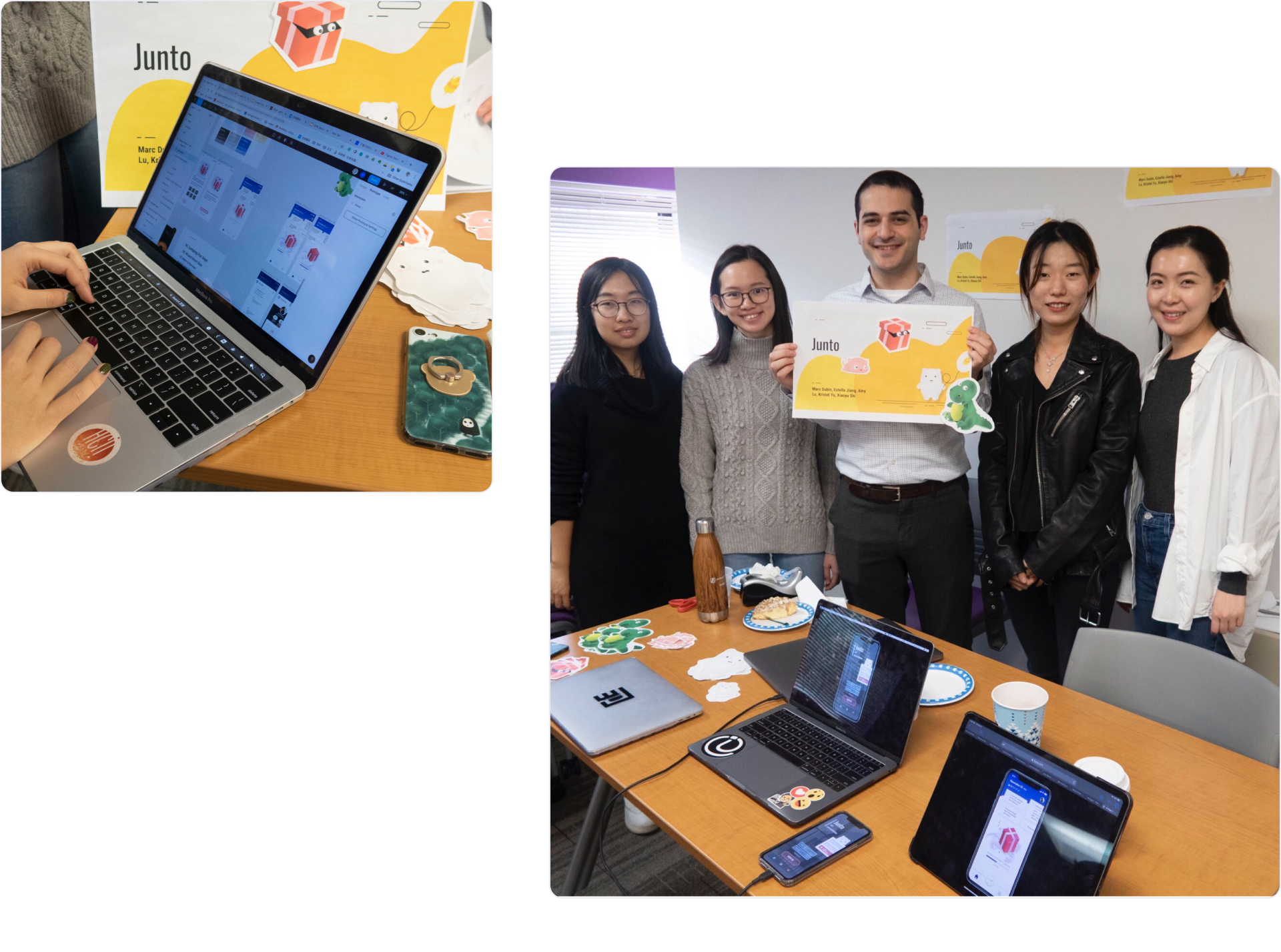We conducted 15 storytelling interviews with undergraduate students. These interviews helped us determine the causes and pain points of academic procrastination.
Finding 1
Smartphone usage causes uncontrollable distraction.
Finding 2
Anxiety towards a task causes students to delay the task.
Finding 3
Peer influence can deter but also mitigate procrastination.
Finding 4
Intrinsic motivation is a key to eliminate procrastination.
We then synthesized our interviews into a consolidated journey map. This revealed opportunities that we looked into addressing:
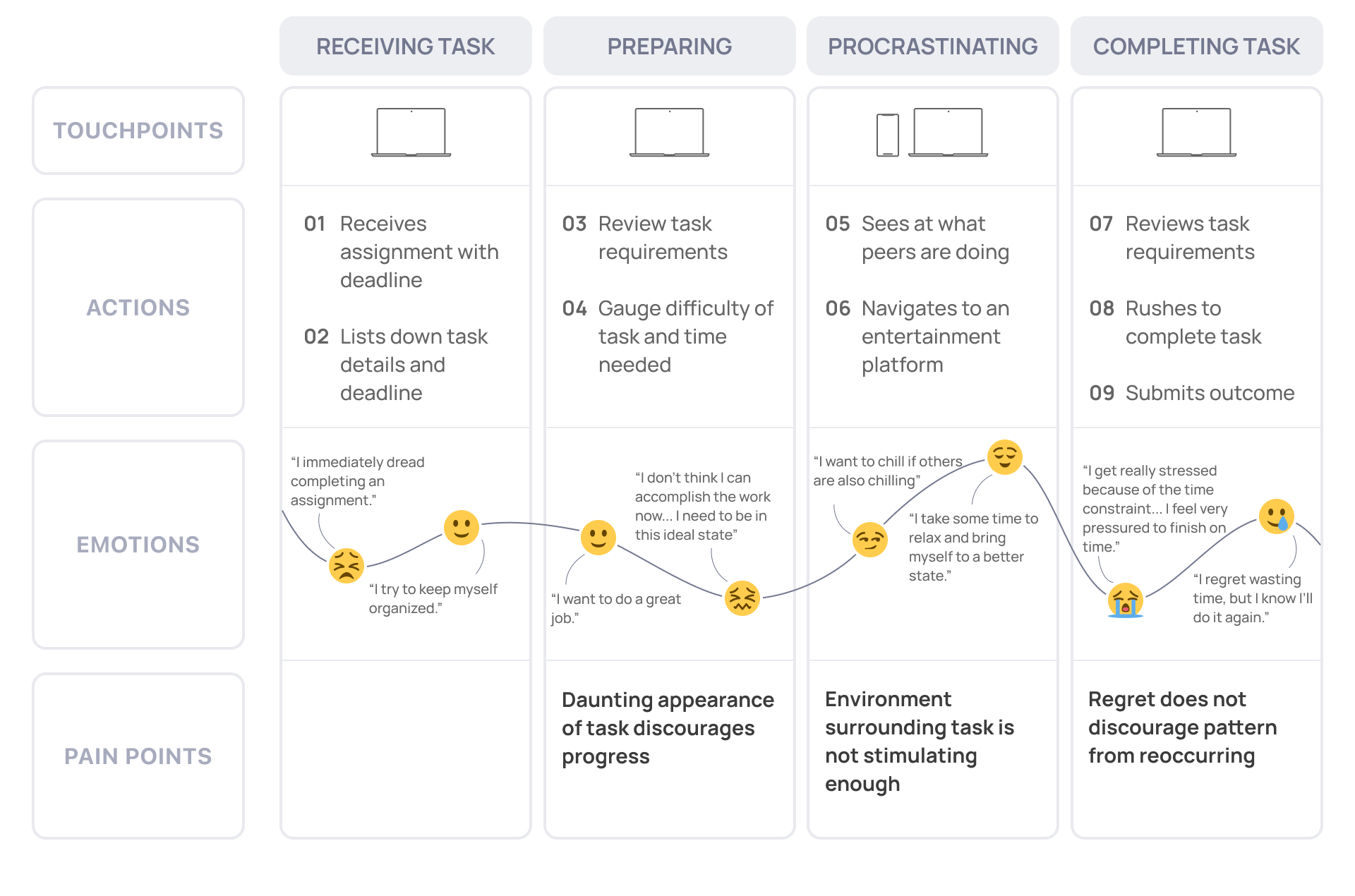
I then synthesized our findings through a persona in the form of Jessica, an undergraduate student. This persona helped us remain objective as we ideated solutions.
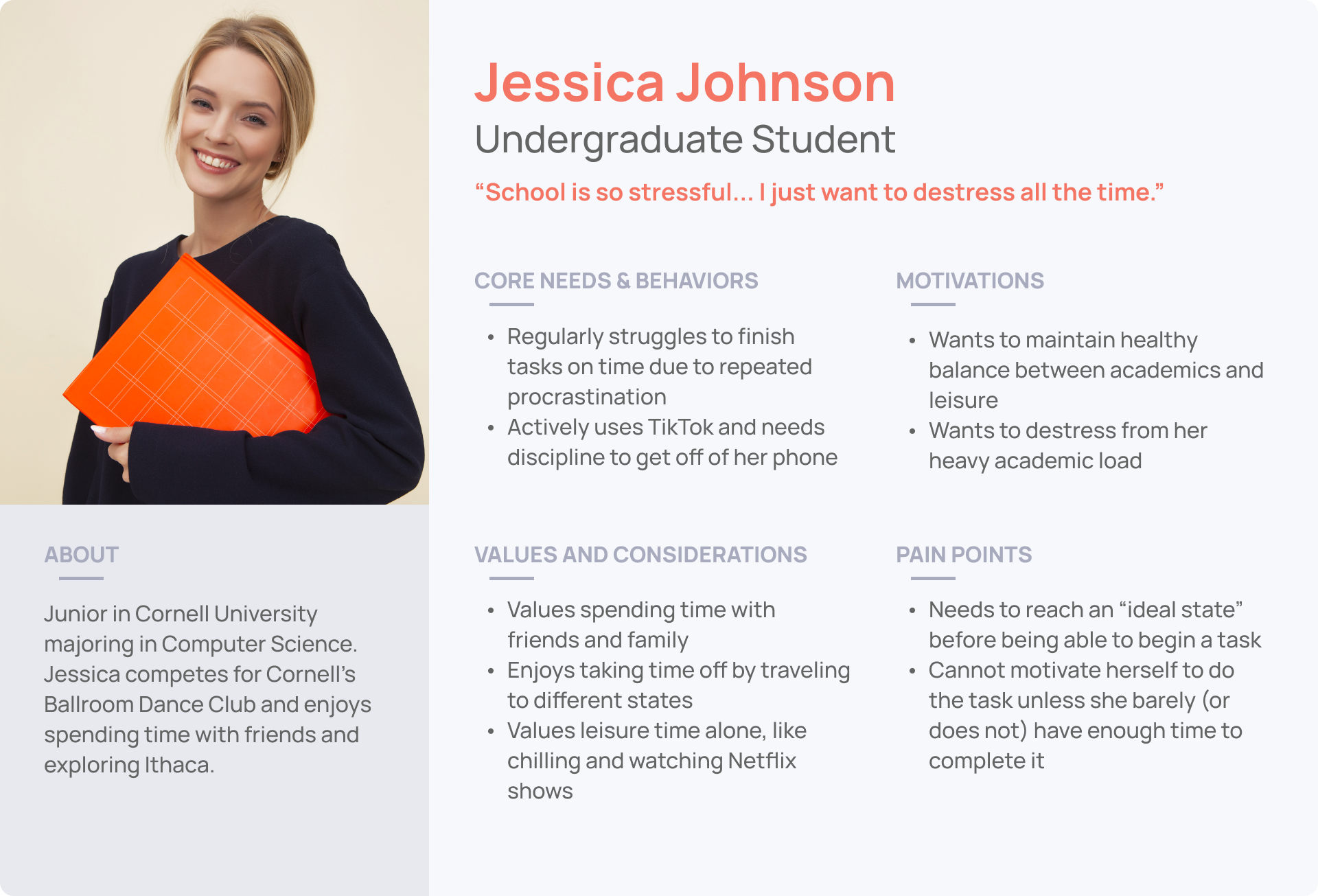
We compiled our findings through an affinity diagram and grouped them together. We found that emotional and external factors significantly affected academic procrastination.
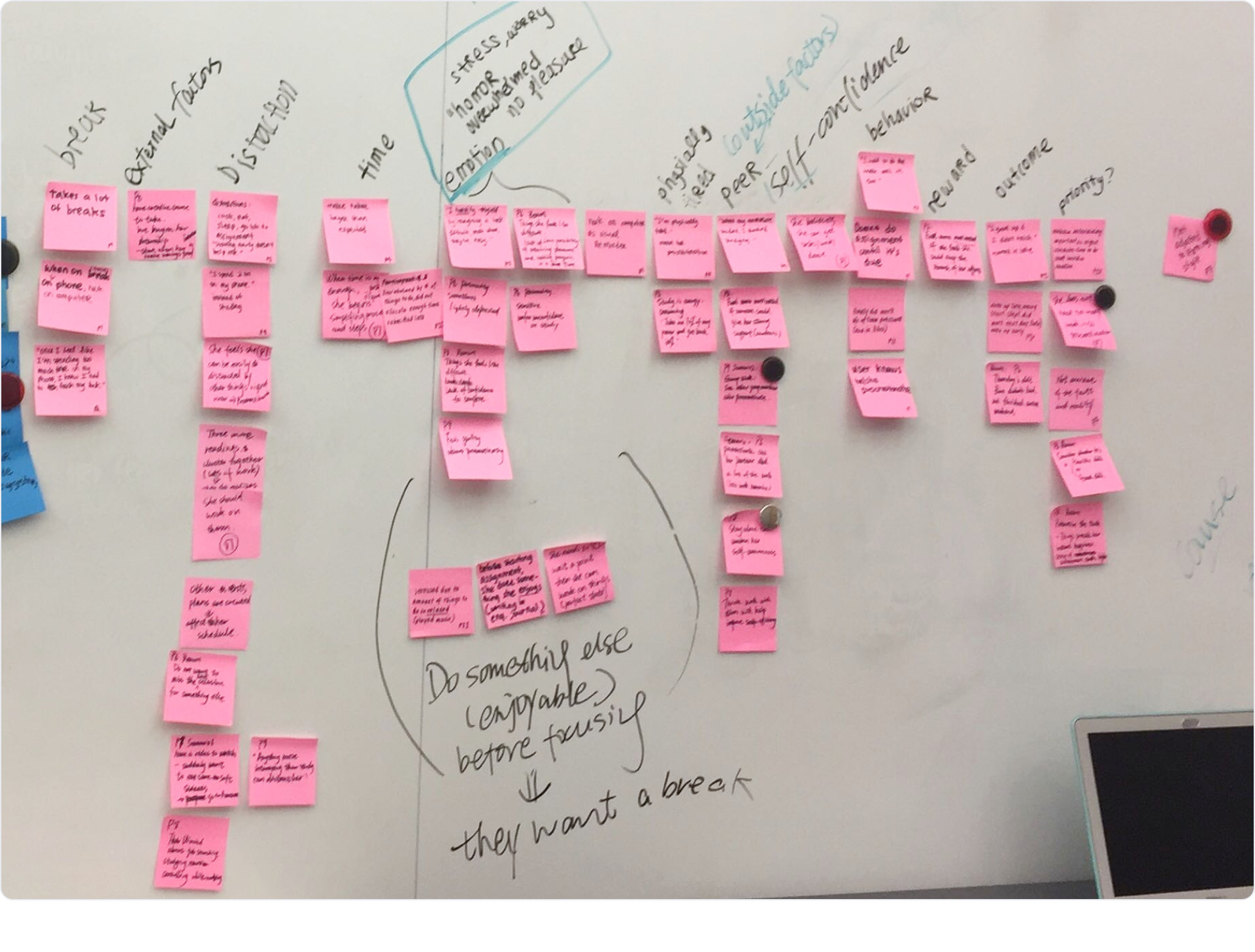
How might we make the environment surrounding a task more enjoyable for undergraduate students?
An academic task usually does not provide undergraduate students
sufficient intrinsic motivation for completing the task. The environment
surrounding the task needs to
provide the intrinsic motivation
necessary to complete the task.
Our persuasive intervention cannot obviously target procrastination
because that will likely increase user skepticism
and decrease overall effectiveness.
We looked into existing solutions that provide ways for users to focus on their tasks and listed down pros and cons for each.
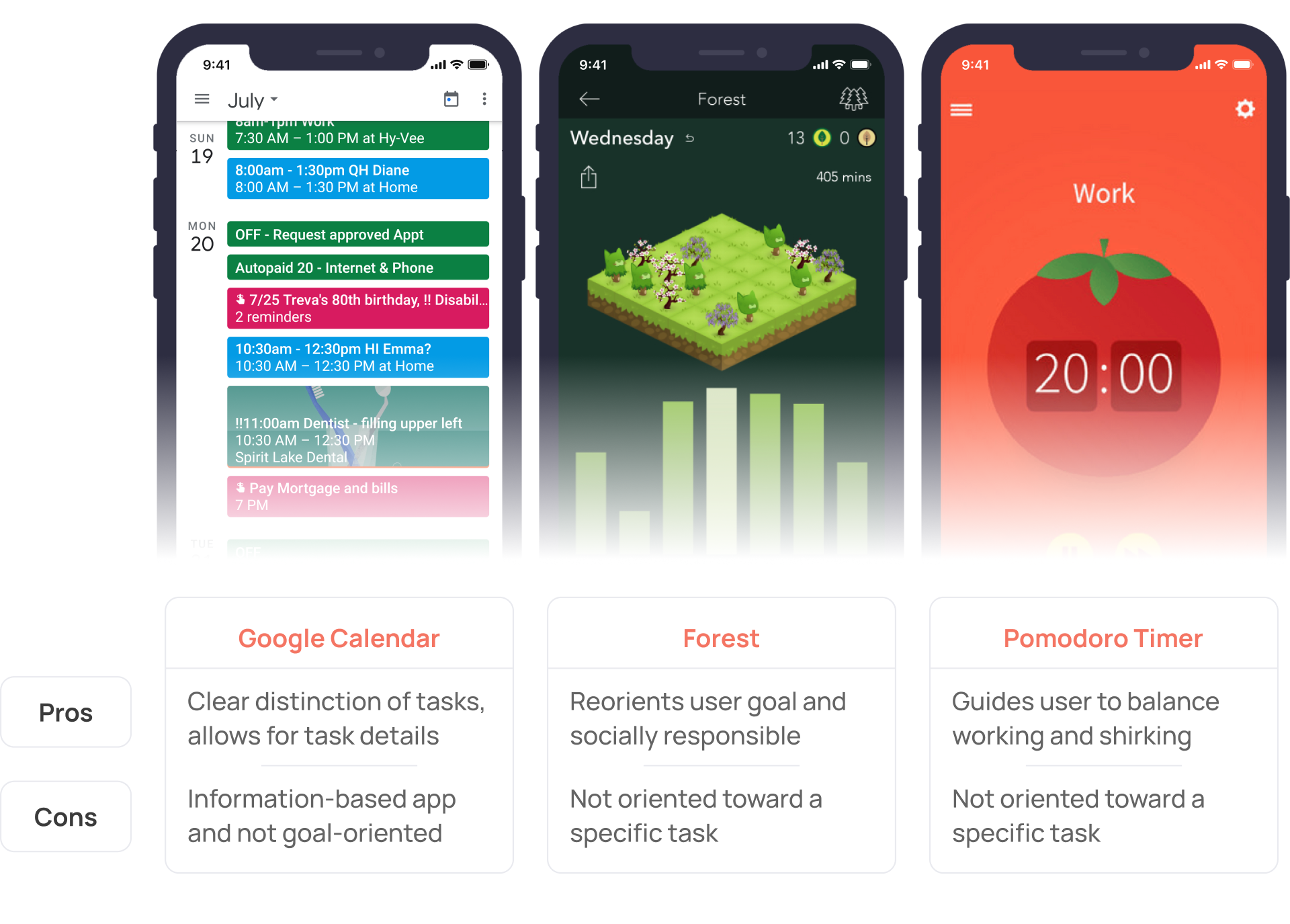
We timeboxed ourselves and listed down a few basic ideas to start working with.
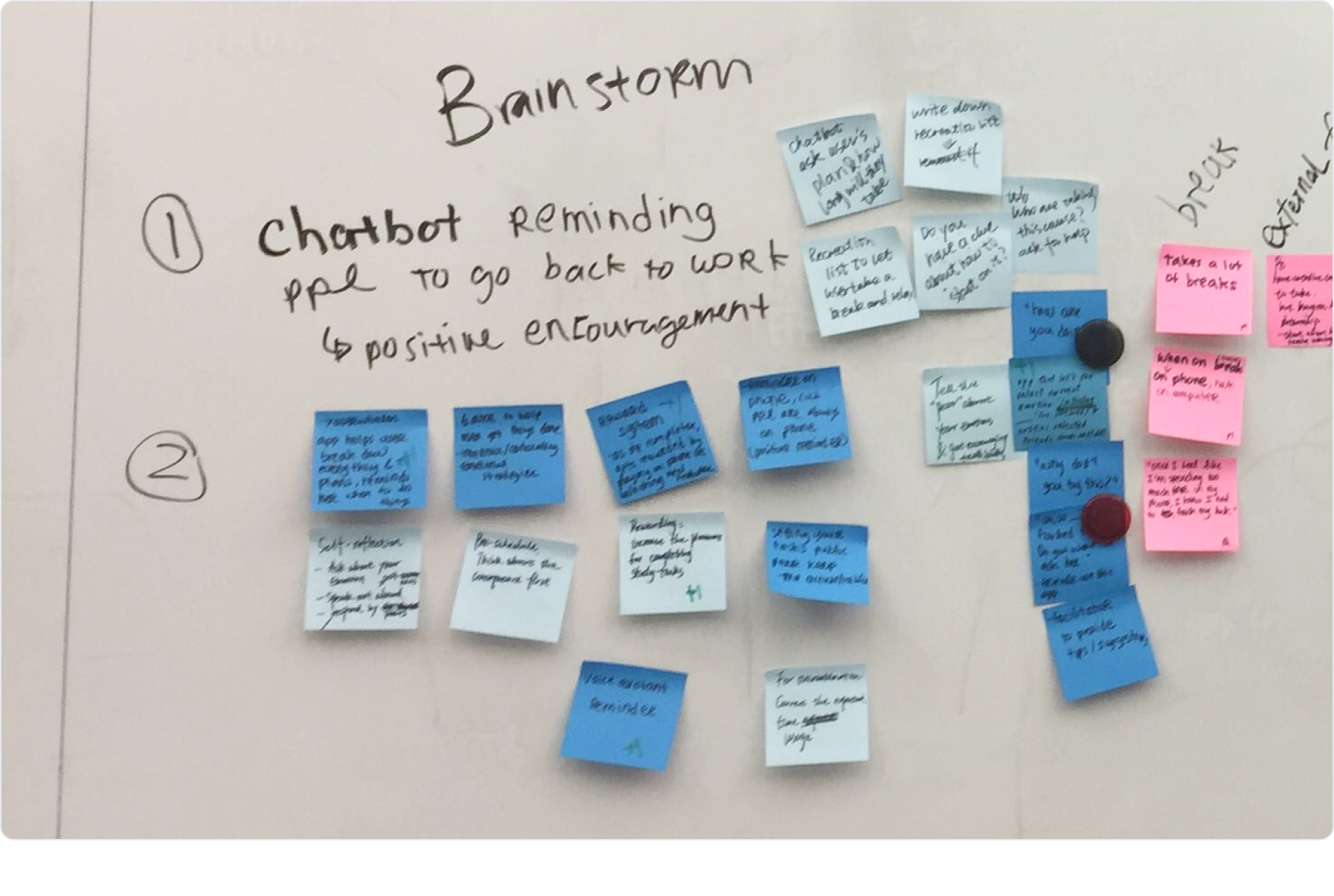
We applied eight design principles and psychological theories in designing Junto.
We sketched ideas then solidified them through mid-fidelity prototypes, focusing on four main screens.
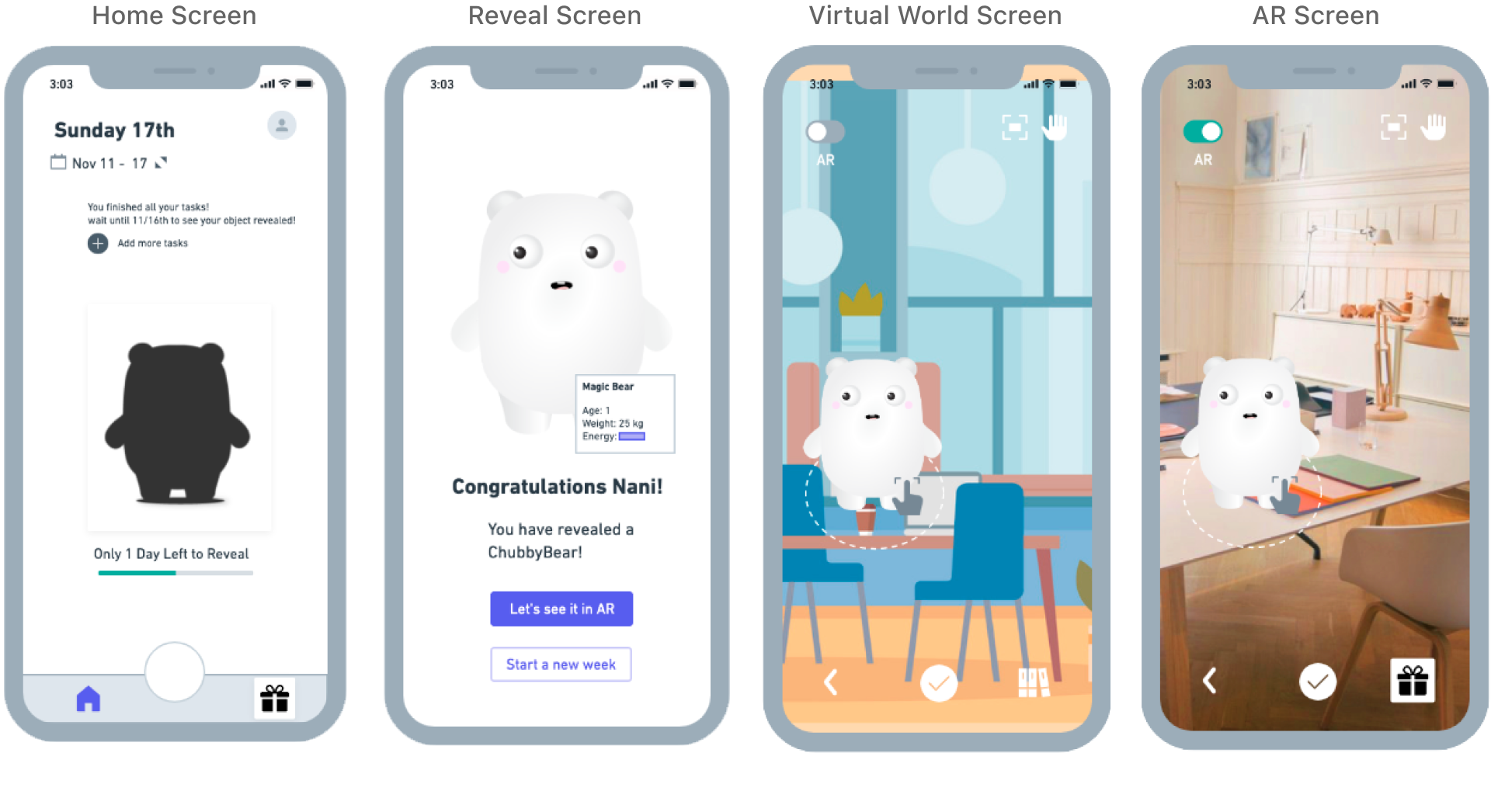
We conducted user testing sessions to determine the usability and usefulness of our prototype. These paper prototypes helped us discover notable insights.
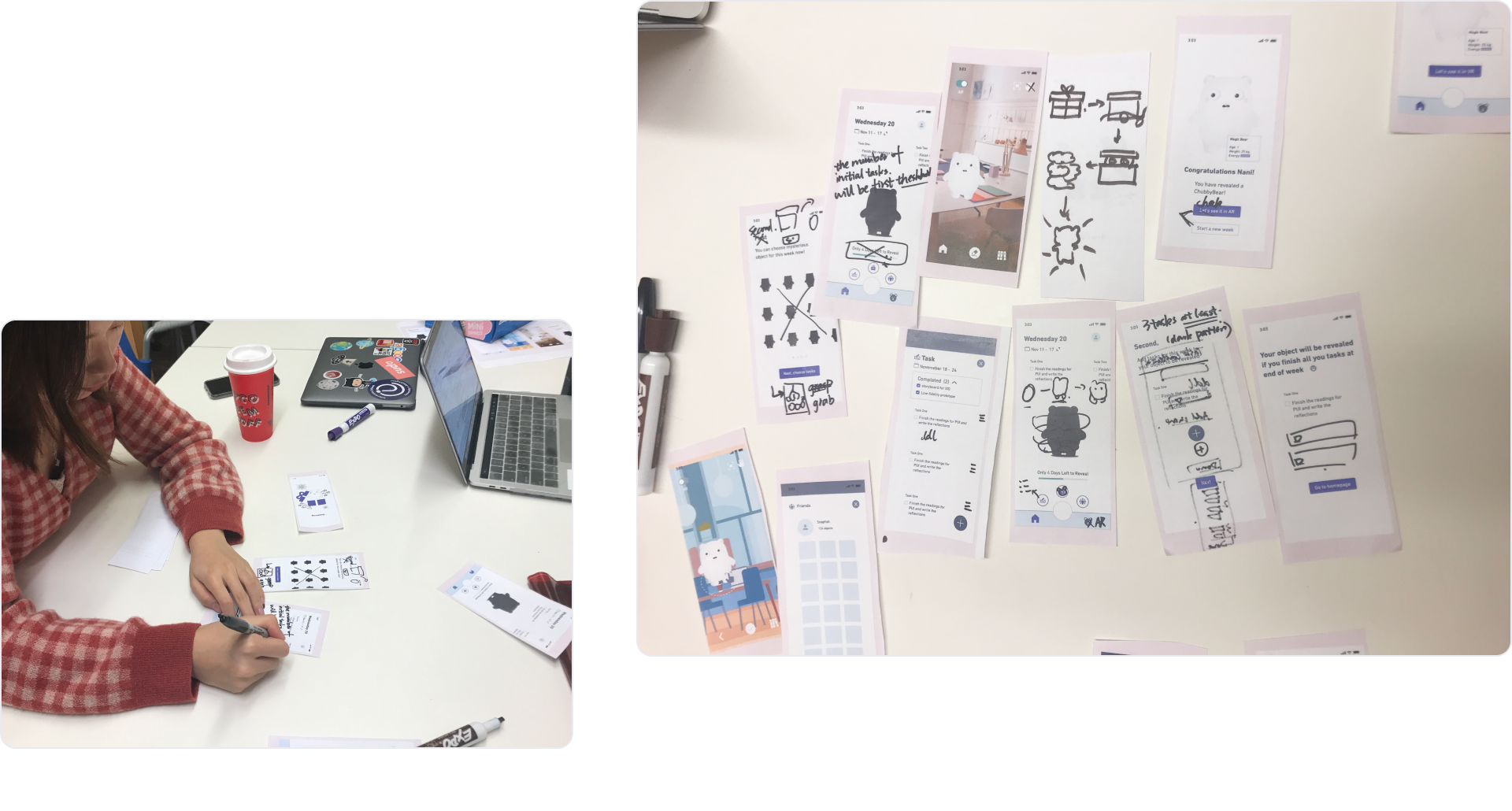
Users needed to see the full description of tasks rather than just a few characters. Academic tasks are not easily identifiable by just a few characters.
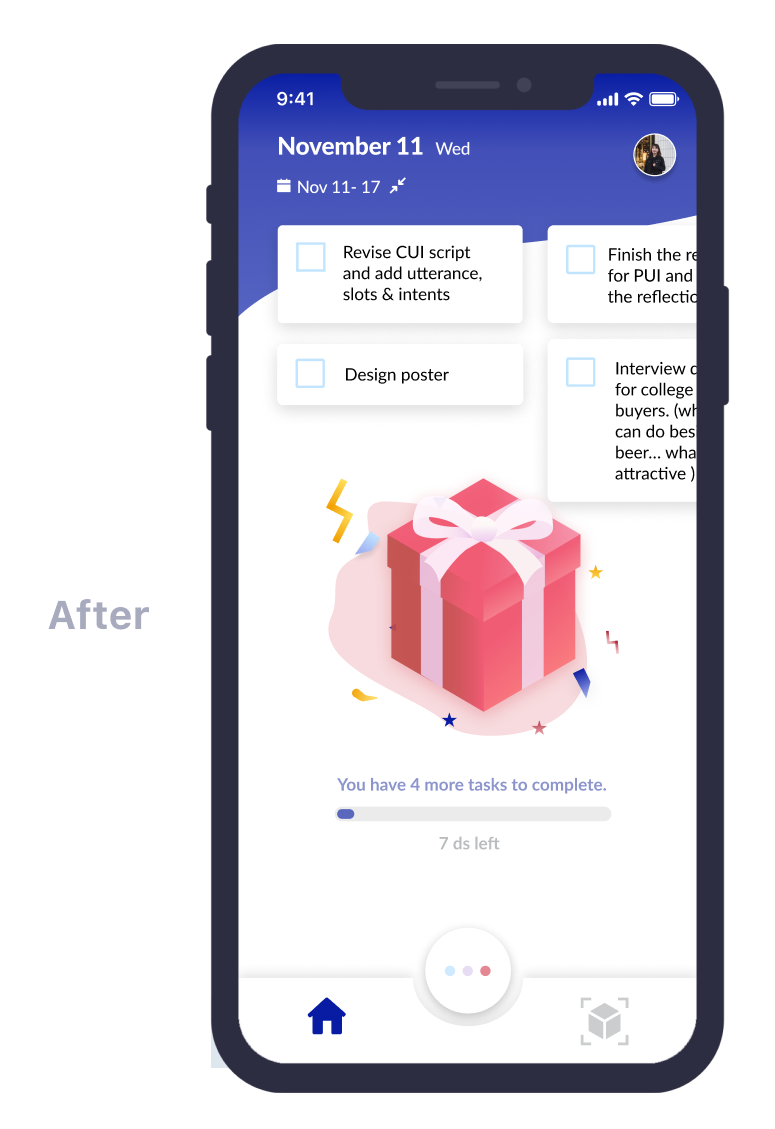
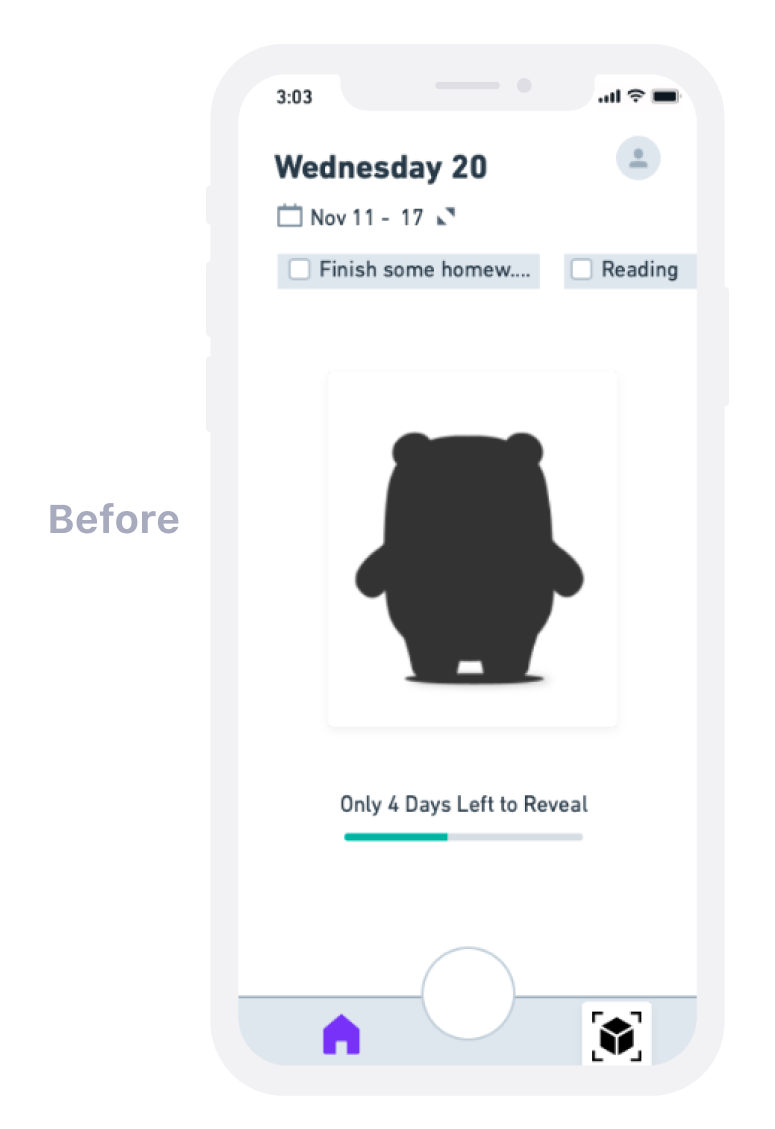
Users also felt that the mystery pet was not surprising enough. We then added a gradual unwrapping animation to build user curiosity.

We added a reminder feature to allow users to take advantage of
peer influences. Friends help one another stay focused on their tasks.
In this iteration, I also focused on the information hierarchy and
minimized visual elements.

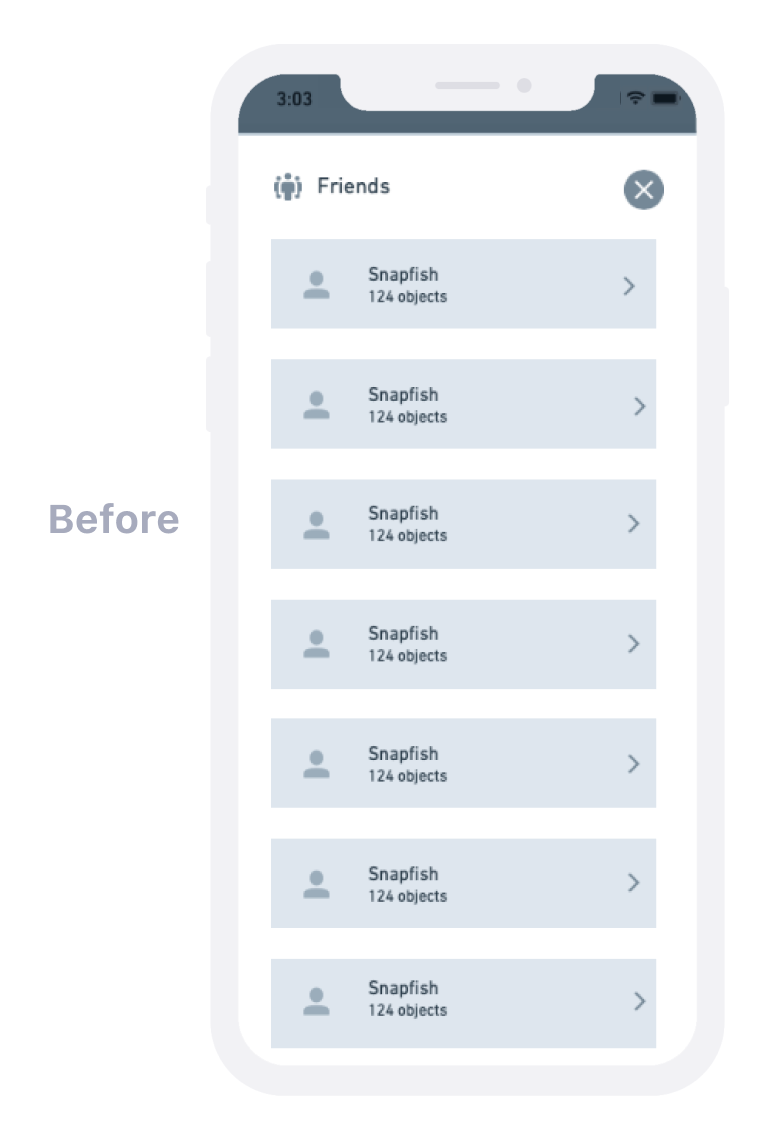
What is Junto?
Junto is a productivity app that rewards users when they accomplish tasks by unlocking and revealing mystery pets, collecting these pets, and placing these in their rooms through augmented reality (AR). The anti-procrastination intention is disguised as productivity to diminish users' skepticism towards the intended effect of the app.
Why "Junto"?
The Junto (from the Spanish word for assembly, junta) is a club formed by Benjamin Franklin in 1727. Franklin is well known for his wit and famous phrases, some of which have to do with combating procrastination and making the most of time.
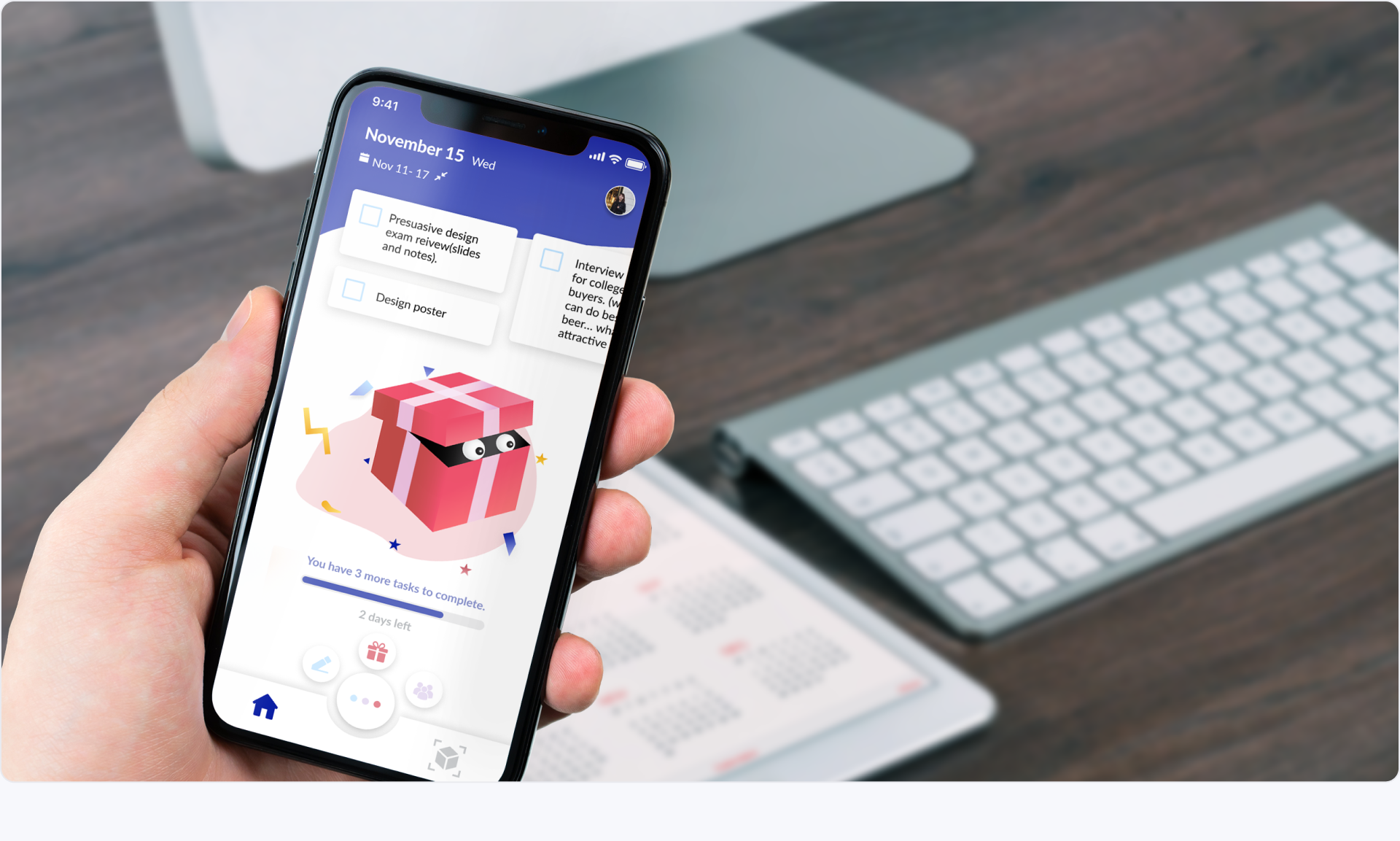
Start the Junto journey
Onboarding is fun and easy with Junto through easy syncing and adding.
Remind your friends
Your friends can help you and you can help your friends out too by reminding each other to stay focused on tasks.
Complete your tasks
Finish all your tasks in the challenge and receive a mystery pet!
View your pets
You can view your pets in your room through Augmented Reality or choose to see them in a special Junto virtual world.
This project was difficult due to the quick timeline, and this was my first step into HCI. Nevertheless, it was an immensely rewarding project and I learned so much.
Lesson 1
Take constructive criticism and be quick to iterate on designs.
Lesson 2
Theoretical applications can lead to tried-and-tested outcomes.
Lesson 3
Welcome uncertainty and openly discuss how to deal with it as a team.
A sneak peek into the team and demo day!
